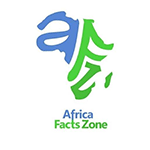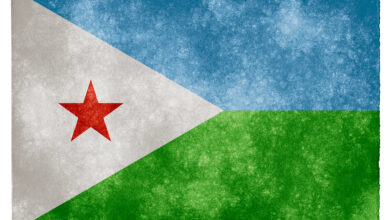African Drums and African Music: The Heartbeat & Soul of African Communities
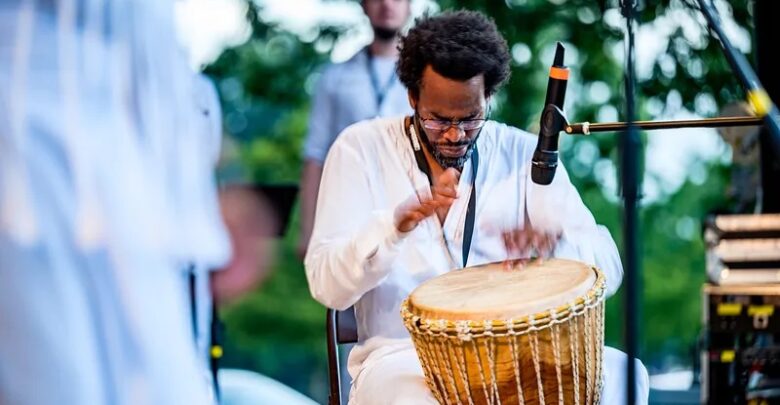
African drums have long been the heartbeat and spirit of most African societies. African Drums are an ancient instrument that has been a vital component of African culture for countless years. They are used to commemorate all facets of life.
Drumming in Western culture is typically associated with amusement. Drums have a deeper, more symbolic, and more ancient importance in Africa.

African drums are used in birth, funeral, and marriage rituals to announce political and social developments.
They initiate courtships, announce homecomings and departures, and they go along with religious rites and rituals, summoning ancestor spirits.
African drums also serve as an alert or a call to arms, inciting feelings of conflict and war. Additionally, they have the power to arouse passion and excitement as well as trances, which might briefly lead the drummer or the audience member to lose consciousness.
They are frequently placed in religious buildings and serve to represent and defend royalty. Throughout the conflict, they are guarded.
On the other hand, drums are about music-making and communication, two crucial aspects of communal life.
For many years, the “talking drums” were the main method of intertribal communication, often utilized to send messages over enormous distances.
Also Read: African Masks: Intermediaries between the Living and Supernatural Worlds
African Masks: Intermediaries between the Living and Supernatural Worlds
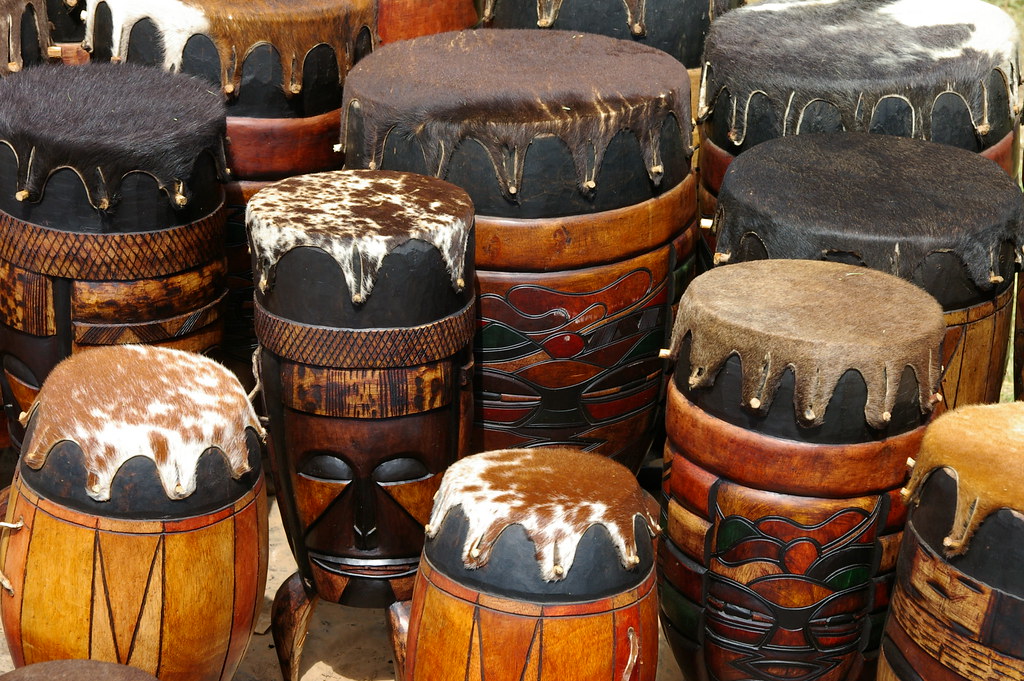
African Drums & African Music
African music is a whole art form that is intimately incorporated with dance, gesture, and dramatization. It is played on split drums and ivory trumpets.
Drums are the primary musical instrument used in African music to provide the fast-paced, uplifting, rhythmic beat that characterizes most African music.
African drums may serve as both musical instruments and pieces of art, sculptures with elaborate decorations appropriate to their ceremonial use. They might also be commonplace items with elegant yet basic forms.
Types of African Drums and How they are created
A skin or drumhead is stretched over the open end of a frame or “shell” to create the majority of drums, which are technically referred to as “membranophones.” The most common material used to build the shell is wood.
The drumhead can be struck with hands, a stick, a rubber mallet, or even the bones of the dead to produce the sound.
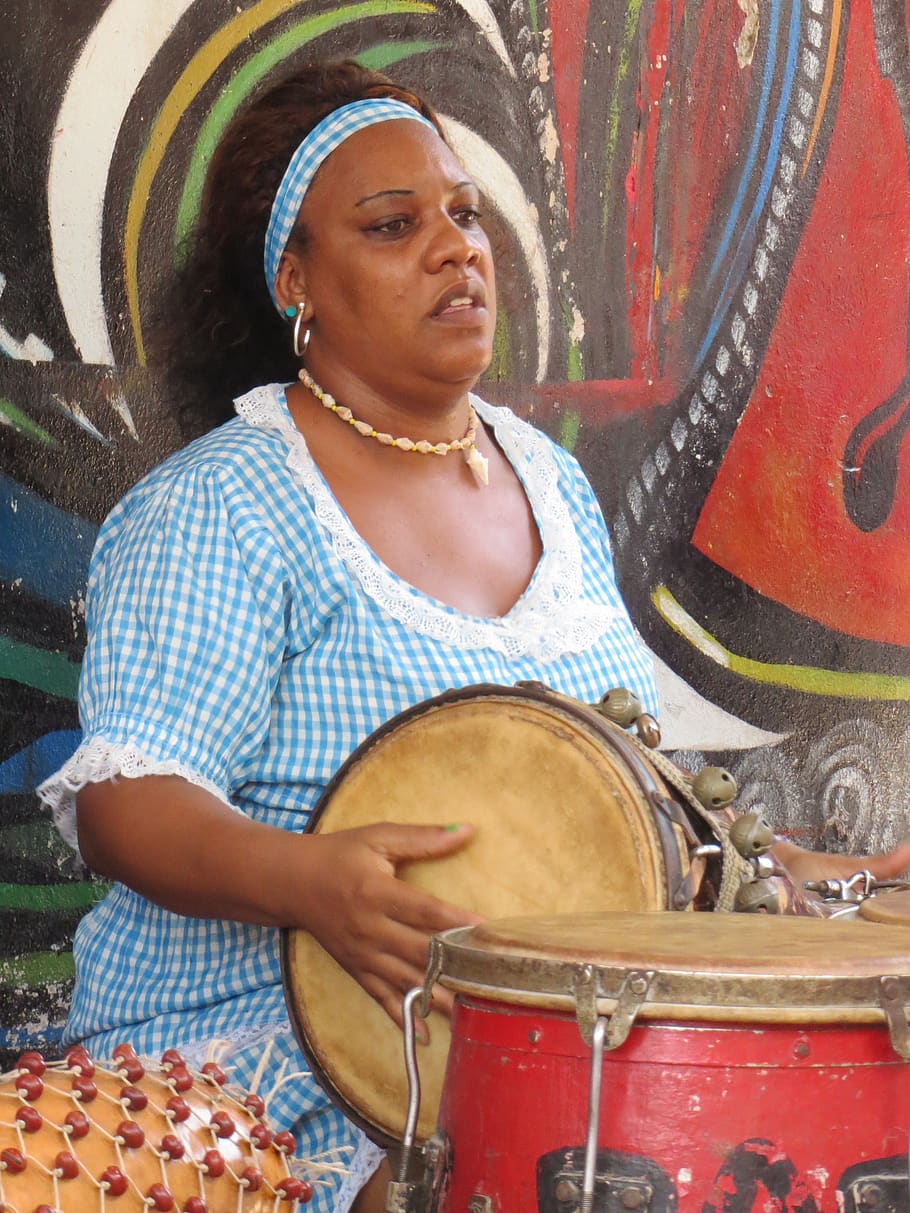
Additionally, rubbing the surface will produce gentle swishing noises. To provide further sounds, the drums may occasionally have rattling metal jingles affixed to the outside or seeds and beads inserted within.
African drums can be created from gourds, pottery, metal, or wood.
They can take the shape of a barrel, kettle, goblet, bowl, hourglass, or tube. They may be square, hexagonal, octagonal, spherical, or enclosed in a frame.
‘Closed drums’ are single or double-headed with no open end, whereas ‘open drums’ are single or double-headed having an opening at one end.
Also Read: African Hairstyles’ Social Importance and Spiritual Significance
African Hairstyles’ Social Importance and Spiritual Significance
African drums range in height from the tom to little. In general, the higher the note and the lower the note are inversely correlated with the size of the drum. Bass sounds are added by broad drums.
They may be carried under the armpits and come with handles or straps. They can be carried on backs, held between or on the knees, or rested on wooden support with their feet or pedestals standing on their own.
African drums can be played alone, in pairs, or as a part of a huge drum ensemble with a range of pitches and tones. A group of people plays “drum chimes” that are placed in a frame and tuned to a scale.
African Drums & Drumsticks
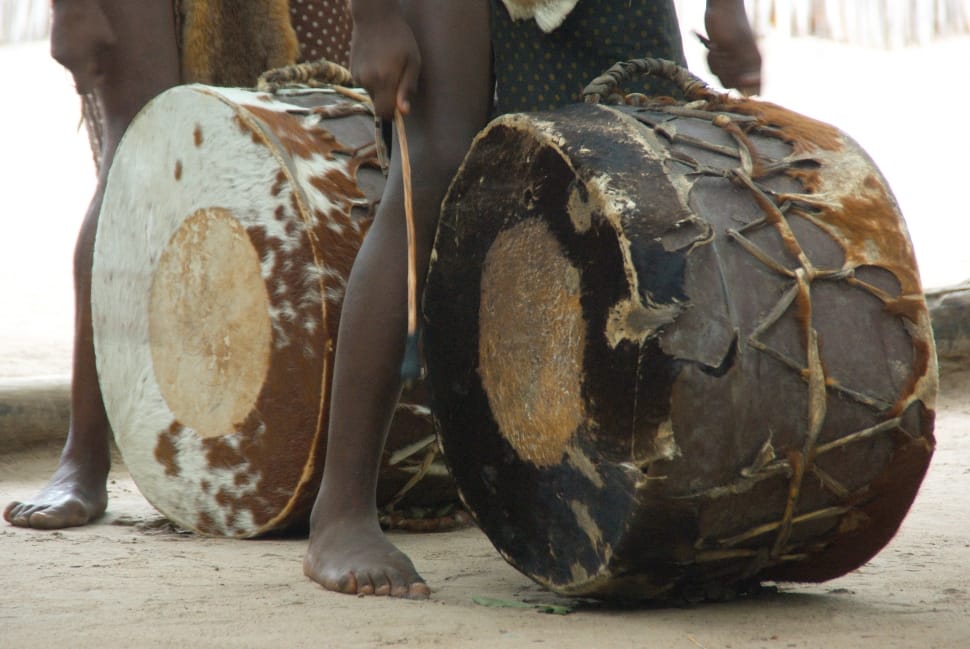
Drumsticks come in a variety of shapes and sizes, from thick cudgels for striking the ngoma to tiny beaters with rubber tips to gracefully curved thin sticks.
The term “idiophones” describes Udu, log, or slit drums that produce music not by being beaten or rubbed but rather by vibrating after being struck, shook, or scraped.
The skin of an antelope, goat, sheep, or cow is most usually used to make the drum’s membrane; zebra, wildebeest, and reptiles like crocodiles and monitor lizards are used less frequently.
The hair is shaved and the skin is exposed to the sun to dry off. It is then spread out over the hollowed-out drum base, preferably made of hardwood.
The skin is hammered or pinned on and pulled taut using leather straps. A skilled drummer will apply beeswax to the surface before a performance in order to stretch the skin and treat the membrane with resin to regulate tone.
Tribal African Drums
The majority of sub-Saharan African cultures utilize their drums for a variety of purposes, but the tribes in the following nations have a long-standing historical and spiritual connection to this cherished and holy musical instrument.
(Names of African drums are in brown text; names of tribes are in black italics)
Mali: Bara, tama, krin, Bamako
West Africa and Guinea Coast; Djembe
(Talking drums), Dundun, Dunno, Gome
Senegal, Sabar, Bougarabou
Gambia, Bougarabou
Guinea, Baga
Liberia, Dan
Cote D’Ivoire, Senufo, Bara
Ghana, Ga, Asante, Ewe, Fanti,
Kpanlogo, Gungon, Atumpan, Fontomfro
Benin, Yoruba, Ashiko
Cameroon, Bamileke
Nigeria; Sakara, Gbedu, Bata, Gudugudu, Chamba, Udu
(Talking drums), Doundun, Dunno
Igbo, Yoruba, Bambara

Central Africa
Angola, Chokwe
Democratic Republic of Congo, Kili, Mondo,Bata
Kuba, Luba, Yaka
East Africa
Rwanda, Udu, Ngoma
Uganda, Baganda, Ngoma
Tanzania/Mozambique, Makonde
Southern Africa: Ngoma
Zambia, Tonga, Budima
Zimbabwe, Shona, Shangaan, Tonga
South Africa, Venda, Zulu
Also Read: The Evolution of African body Markings and Tattoos
Decorating Drums
African Drums may be used as sculptures or musical instruments. Images that express values that are significant to communities may include references to proverbs, cultural traditions, and ways of acting.
They may include anthropomorphic representations of the human body, such as hands, feet, female breasts, human heads, or full or squatting people carrying the drum on their backs.
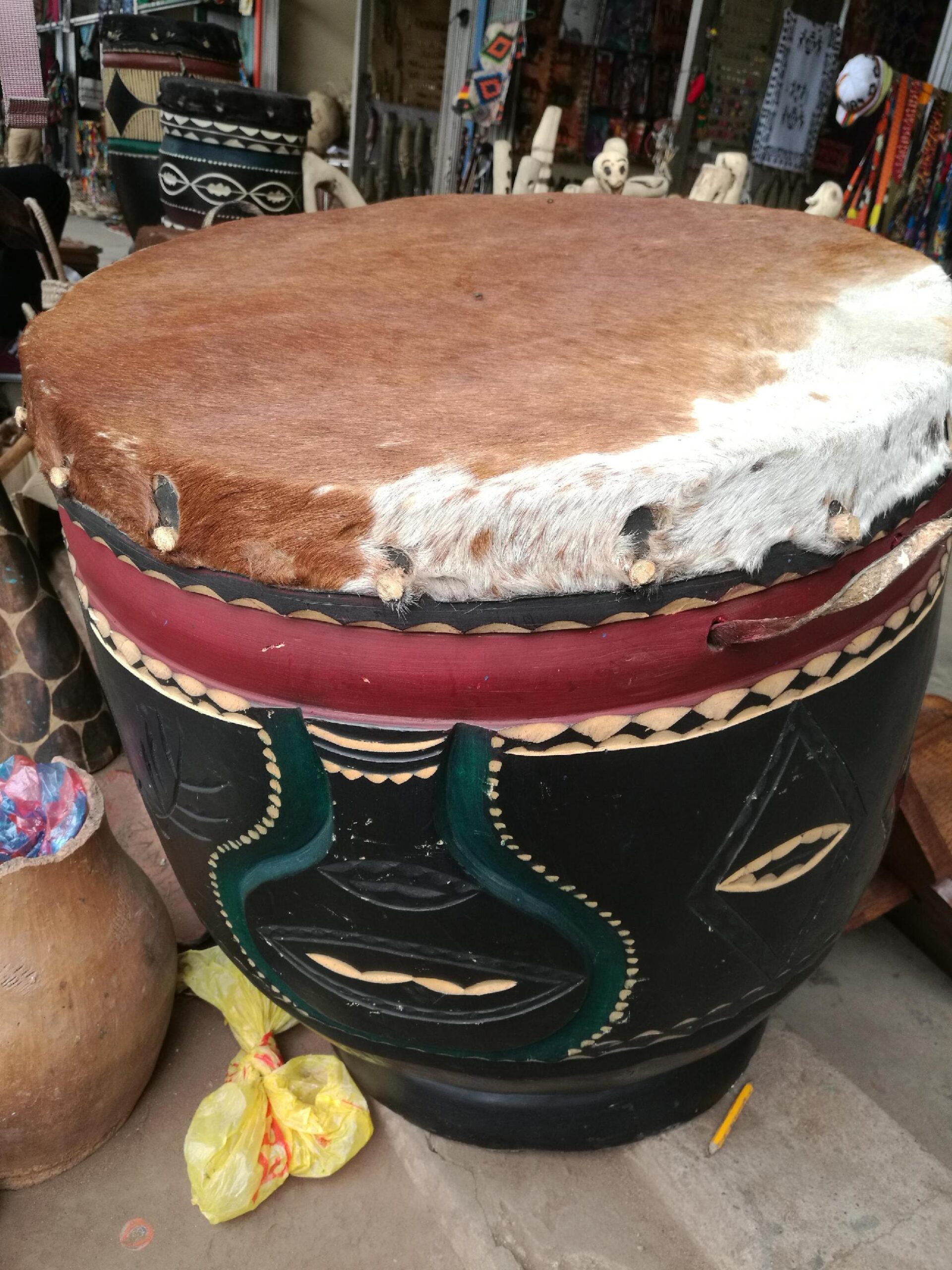
These themes might be ornamental and convey a narrative or they can be symbolic and have profound spiritual significance. Oftentimes, female imagery is employed to conjure up fecundity.
For zoomorphic relief carvings, a vast variety of reference materials is provided by animals and reptiles. They are crucial to belief systems, and as ancestral spirits can manifest as any animal, they serve as a source of inspiration for woodcarvers.
African drums used for ceremonial purposes will feature artwork that reflects its status and historical significance; the meticulous carving and thought put into the iconography utilized to promote the tribes’ reputation and religious conviction.
Also Read: African Beads: Waist Beads & Necklace Meaning
The Mongo tribe of Central Africa makes stunningly striking drums using geometric patterns and shapes.
Drums are prized possessions in each African community, their lively and rhythmic sounds evoking feelings and preserving venerable customs while motivating future generations to maintain a sense of identity, exploration, and pride.
Africa’s Modern Drums and Drumming
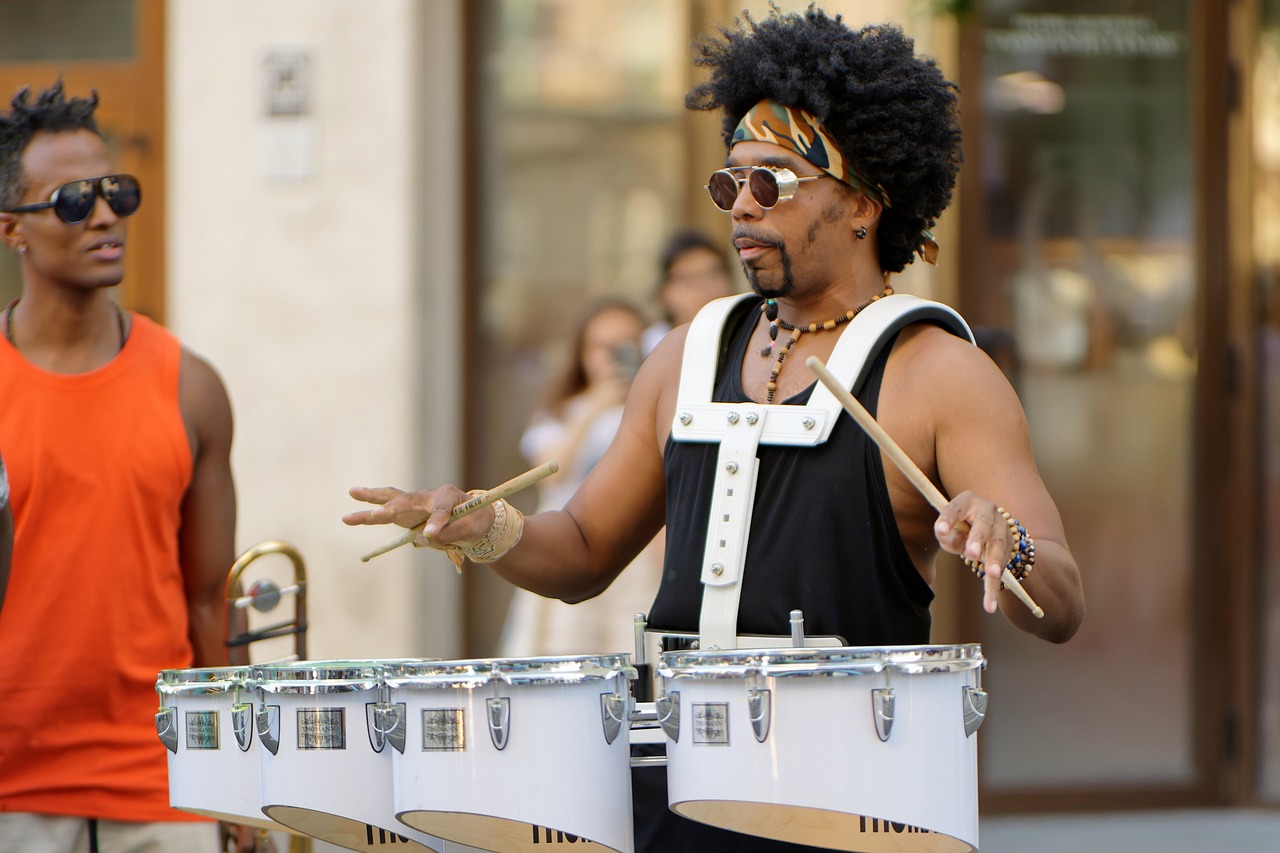
The first sound we hear in life is a beat.
It is understandable why African drumming has become so popular across the world. It inspires drummers to be passionate, creative, expressive, and therapeutic.
In Africa today, there are three main contexts in which drums are used:
They continue to be used in the traditional way to commemorate ceremonial occasions, rites, and spiritual healing; they serve as a rhythmical depiction of each event in a village or community’s cultural life.
In many African nations, they are frequently used as tourist attractions to promote and display African history and culture.
They can take part in thrilling extravaganzas that include dance, poetry, music, and costumes, as long as they provide the necessary sound.
